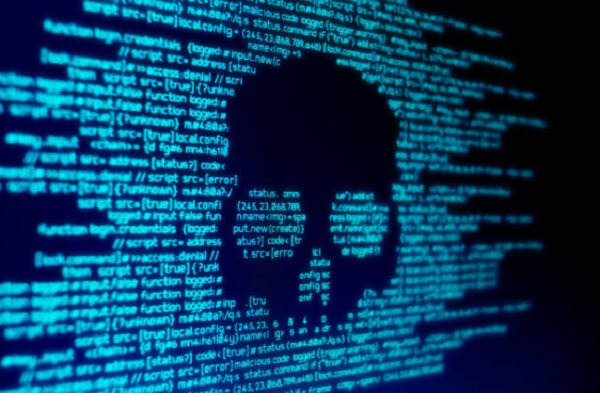WASHINGTON — Hackers broke into the organizations of the Treasury and Commerce divisions as a component of a worldwide cyberespionage crusade. They got to those organizations by slipping malware into a SolarWinds programming update, as per the worldwide online protection firm FireEye, which was additionally undermined.
The principal periods of this monthslong cyberespionage crusade began in the spring. The malware gave the programmers distant admittance to casualties’ organizations.
The FBI and the Department of Homeland Security’s network safety arm are exploring what specialists and previous authorities said seemed, by all accounts, to be a huge scope infiltration of U.S. government offices. Industry specialists said it bore the signs of Russian tradecraft.
“This can transform into one of the most effective reconnaissance crusades on record,” said network safety master Dmitri Alperovitch.
The hacks were uncovered not exactly seven days after FireEye revealed that unfamiliar government programmers had broken into its organization and taken the organization’s own hacking devices. Numerous specialists presume Russia is dependable. FireEye’s clients incorporate bureaucratic, state and neighborhood governments and top worldwide enterprises.
The clear conductor for the Treasury and Commerce Department hacks — and the FireEye bargain — is a colossally famous bit of worker programming called SolarWinds. It is utilized by a huge number of associations all around the world, including most Fortune 500 organizations and various U.S. government offices who will currently be scrambling to fix up their organizations, said Alperovitch, the previous boss specialized official of the network safety firm CrowdStrike.
SolarWinds is headquarted in Austin with workplaces off of Southwest Parkway in Southwest Austin.
FireEye, without naming the penetrated offices or different targets, said in a blog entry that its examination concerning the hack of its own organization had recognized “a worldwide mission” focusing on governments and the private area that, starting in the spring, slipped malware into a SolarWinds programming update.
The malware gave the programmers far off admittance to casualties’ organizations.
